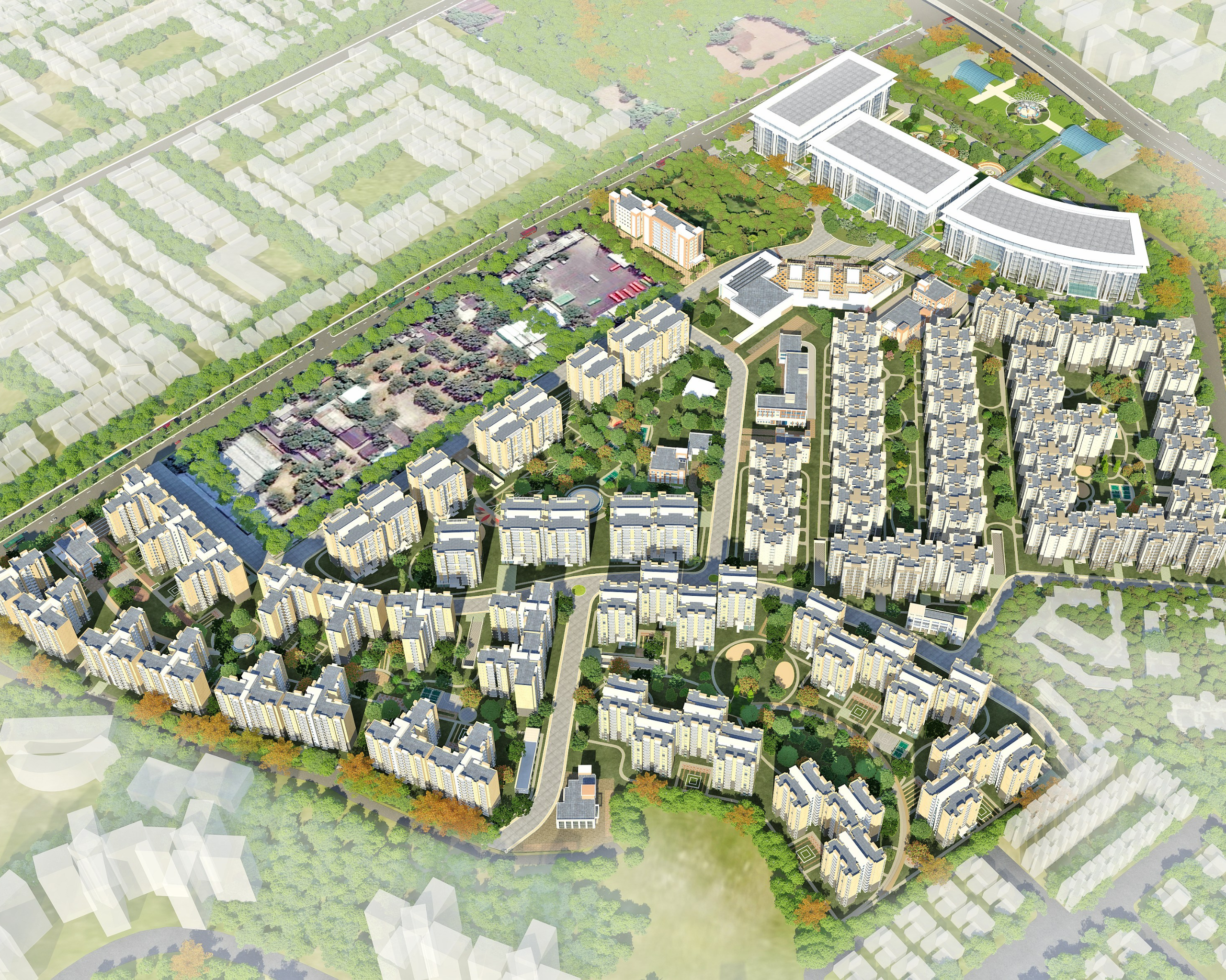Sustainable Design for Retail Spaces

The unprecedented impact of the pandemic on all industries has shifted our approach towards creating designs that are resilient and meaningful for the future. Particularly in the retail sector, ingenious blend of traditional design principles with modern technology to incorporate sustainable designs. As we have become more aware of our surroundings, users have naturally begun to expect a holistic and optimised shopping experience from physical commercial spaces.
Our approach towards the design of commercial spaces needs to go beyond the box – type monotony of modern buildings and provide a solution that is sustainable and connected to nature, while offering ample opportunities for engagement. One of the models to explore is the open- to- sky High- street ‘haat’ experience, as it offers access to multiple retail stores and safe open spaces for customers to engage with. The interesting aspect of this model is that it has all the facilities under one roof, along with multiple galleries, piazzas and landscaped courtyards that reinforce the users’ connection with nature.
While the consumer experience plays a major role in commercial spaces, an integrated design approach that considers the rules of environmental sustainability is equally necessary. Numerous passive technologies can be adopted to ensure that such buildings are environmentally friendly and sustainable to the core. Some of them are:
- Effective ventilation systems for efficient heating and cooling
- Passive solar design features that utilise the sun’s energy for the heating and cooling of living spaces. Responsible factors include shape and form of buildings, the orientation of facades, and building design that helps in reducing the heat gain by thermal insulation of roofs and walls
- Energy-efficient lighting and smart appliances
- Water-saving plumbing fixtures
- Alternate sources of power such as solar and wind power
- Usage of non-synthetic, non-toxic, locally available materials which are generally composed of renewable resources and are environmentally responsible
- Efficient use of space
- Use of mist or water bodies to control the indoor microclimate and shading devices to reduce the temperature.
As commercial spaces become the focus of our future developments, future retail spaces need to incorporate an integrated design approach that considers the rules of environmentally conscious, energy efficient, and climate-responsive strategies.




